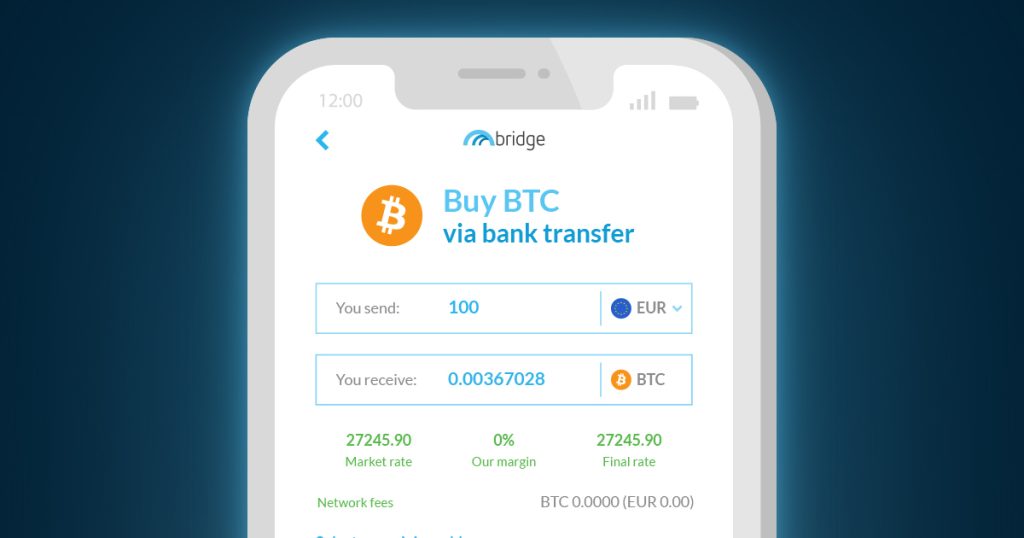In the fast-paced world of cryptocurrency, Bitcoin stands as a beacon of innovation and opportunity. As more people delve into the realm of digital currencies, understanding how to manage them efficiently becomes paramount. One of the fundamental steps in your crypto journey is learning how to add Bitcoin to your wallet. This process not only secures your investments but also sets the stage for seamless transactions. In this article, we will explore the various methods of adding Bitcoin to your wallet, the types of wallets available, and essential tips to ensure a safe and efficient experience.
Understanding Bitcoin Wallets: Types and Their Functions
Before we dive into the methods of adding Bitcoin, it’s crucial to grasp what a Bitcoin wallet is and the different types available. At its core, a Bitcoin wallet is a digital tool that allows you to store, send, and receive Bitcoin. Unlike traditional wallets, Bitcoin wallets do not physically hold currency; instead, they store your private and public keys. The private key is akin to a password, allowing you to access and manage your Bitcoin, while the public key serves as your wallet address for transactions.
There are three primary types of Bitcoin wallets: hot wallets, cold wallets, and hardware wallets. Each of these has its unique features and use cases:
| Type of Wallet | Description |
|---|---|
| Hot Wallets | These wallets are connected to the internet, making them convenient for everyday transactions. Examples include mobile apps and web wallets. While easy to access, they may be more susceptible to hacking and cyber threats. |
| Cold Wallets | Cold wallets are not connected to the internet, offering enhanced security for long-term storage. Options include paper wallets and offline software wallets. They are ideal for holding significant amounts of Bitcoin that you do not intend to trade frequently. |
| Hardware Wallets | These are physical devices that store your private keys offline, combining the convenience of hot wallets with the security of cold wallets. Examples include Trezor and Ledger. They are highly recommended for those holding large amounts of Bitcoin. |

Methods to Add Bitcoin to Your Wallet
Once you have selected a wallet, you’re ready to add Bitcoin. There are several methods to do this, each catering to different user preferences and situations.
1. Purchasing Through Cryptocurrency Exchanges
The most common method is purchasing Bitcoin through a cryptocurrency exchange. Platforms such as Coinbase, Binance, and Kraken allow users to create accounts, deposit funds, and buy Bitcoin directly. After completing your purchase, you can transfer the Bitcoin to your wallet by entering your wallet’s public address.
Remember these steps:
- Create an account on a cryptocurrency exchange.
- Deposit funds into your account using a bank transfer or credit card.
- Buy Bitcoin and initiate a transfer to your wallet by entering your public address.
Be sure to double-check the address before confirming the transaction to avoid any costly mistakes.
2. Peer-to-Peer Transactions
Another popular method to add Bitcoin to your wallet is through peer-to-peer transactions. Platforms like LocalBitcoins and Paxful connect buyers and sellers directly, allowing you to purchase Bitcoin using various payment methods, including bank transfers, PayPal, or even cash.
- Find a suitable seller on a peer-to-peer platform.
- Negotiate terms and payment methods.
- Complete the transaction and verify that the Bitcoin has been received in your wallet.
Once you receive Bitcoin in your wallet, ensure that the transaction has been confirmed on the blockchain before considering the process complete. This method often allows for more flexibility in payment options and potentially better rates.

Best Practices for Adding Bitcoin to Your Wallet
As you embark on adding Bitcoin to your wallet, it’s essential to follow some best practices to ensure a smooth and secure experience. Here are some key points to consider:
- Enable Two-Factor Authentication (2FA): Always enable 2FA on your wallet and exchange accounts. This additional layer of security can significantly reduce the risk of unauthorized access.
- Use Complex Passwords: Create a unique and complex password that combines letters, numbers, and symbols to enhance security.
- Monitor Transaction Fees: Keep an eye on transaction fees and times. Different exchanges and wallets may have varying fee structures, and being aware of this can help you save money in the long run.
| Best Practices | Description |
|---|---|
| Backup Your Wallet | Always keep a backup of your wallet’s recovery phrase or private keys in a secure location. Losing access to this information could result in permanent loss of your Bitcoin holdings. |
| Stay Informed on Market Trends | Follow the latest developments in the cryptocurrency market to make informed decisions about buying and selling Bitcoin. Use resources like news sites, forums, and social media to stay updated. |
Additional Tips for a Secure Experience
- Educate Yourself on Scams: Stay informed about common scams in the cryptocurrency space, such as phishing attempts and fake exchanges.
- Regularly Update Your Software: Ensure that your wallet and exchange apps are up to date to protect against vulnerabilities.
- Use Reputable Platforms: Always conduct transactions through trusted exchanges and peer-to-peer platforms to minimize risks.
Interesting Links
- Material Bitcoin – this guide provides detailed steps on how to transfer Bitcoin to both hot and cold wallets.
- Coinbase – this resource explains how to buy and transfer crypto to your Coinbase Wallet.
- Bitcoin Wallet by Bitcoin.org – this site offers a comprehensive overview of setting up a Bitcoin wallet, how to receive and send Bitcoin.


